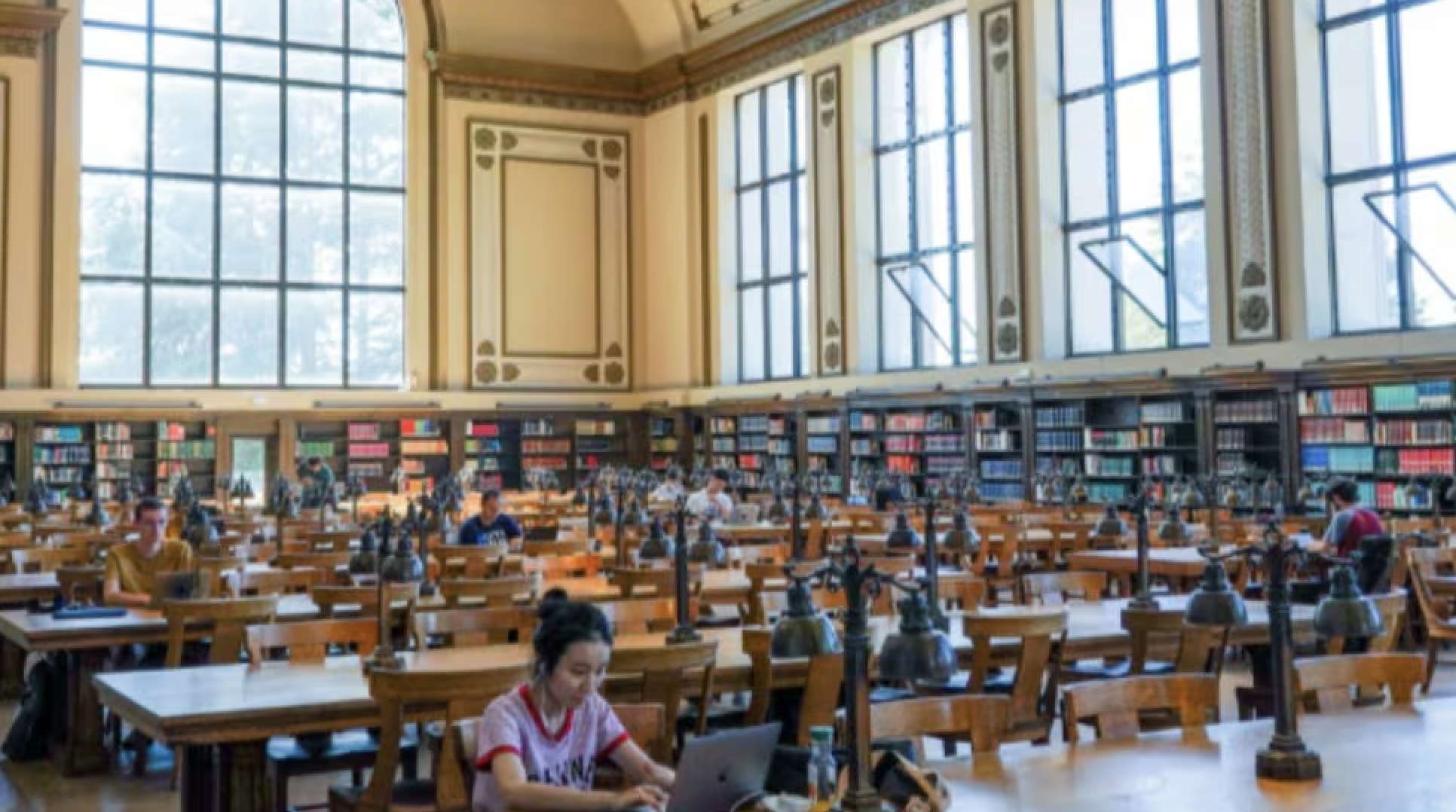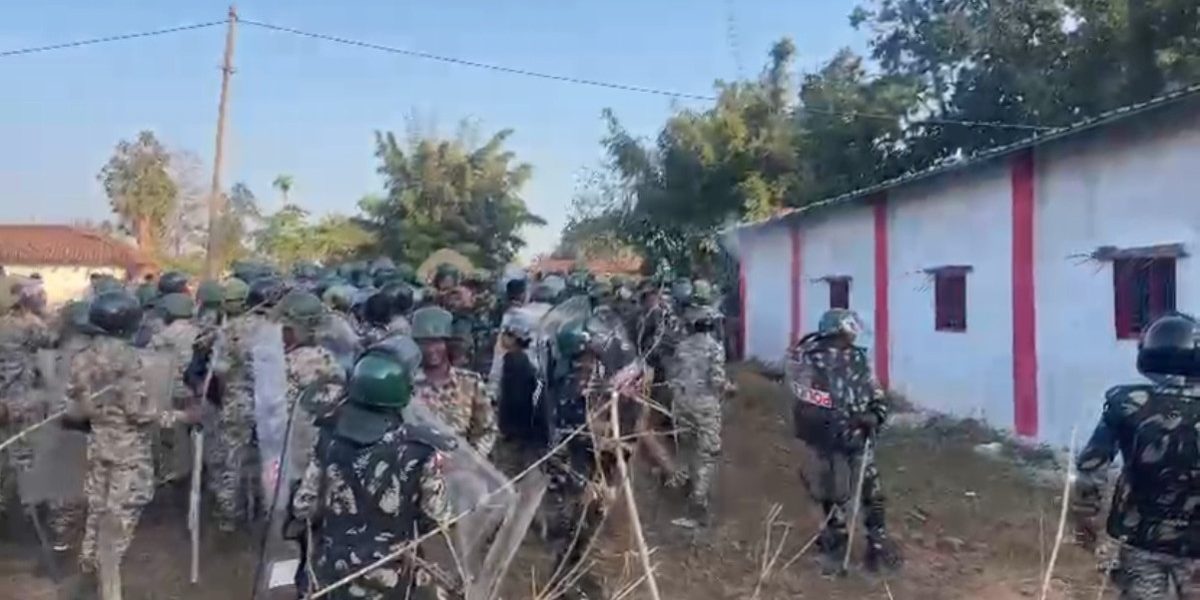
Welcome to The India Fix by Shoaib Daniyal, a newsletter on Indian politics. To get it in your inbox every Monday, sign up here (click on “follow”). Have feedback or interesting links? Send them to [email protected].
On Thursday, Union home minister Amit Shah announced that the Ram temple in Ayodhya will be ready by January 1 next year. The statement was made in a rally in Tripura and the date means that the structure will be ready in time for the critical Lok Sabha elections, which would be held just a few months after.
Built on the site of a demolished mosque, the Ram temple is clearly one of the Bharatiya Janata Party’s primary political tools at the moment, perfectly encapsulating its hard Hindu nationalism. Surprisingly, for an issue that lies at the heart of Indian politics, the temple was made a reality not by the BJP, using its control over Parliament or the Union executive, but by the Supreme Court. In 2019, the top court passed a controversial judgement awarding the entire land on which the mosque stood till 1992 for the purposes of a temple.
Last Monday, the Supreme Court also passed another controversial judgement, holding that the Modi government’s chaotic move to demonetise 86% of the country’s cash in circulation was legal. The BJP immediately took the opportunity to slam the Opposition for its criticism of demonetisation. In effect, the court’s judgement had allowed the BJP to paper over the massive pain and negligible gains caused by demonetisation and, ironically, attack the Opposition for criticising it.
A friendly judiciary
The previous week wasn’t an anomaly: one of the most remarkable characteristics of the age of Modi has been how politically beneficial the Supreme Court’s rulings have been for the Union executive. Not only have controversial laws either been upheld but, in some cases, they have never been heard, this allowing the policies to continue.
Take the Prevention of Money Laundering Act. The Modi government in 2019 had amended the law to make it retrospectively applicable. This further helped it weaponise the Enforcement Directorate to go after India’s Opposition.
The PMLA, one of India’s most draconian laws, undermines core principles of criminal law such as being presumed innocent before proven guilty. The Orwellian law even allows the Enforcement Directorate to conceal the offence under which a person has been arrested, in the intial stages of investigation, thus crippling the accused’s legal defence. Yet, in 2022, the Supreme Court upheld the law, enabling the BJP to continue using it against the Opposition.
Later that year, the court also upheld the Modi government’s move to provide quotas to upper castes based on an income threshold. The order radically changed how India’s reservations work, changing their logic from social backwardness, defined using caste, to one based on wealth.
Before this, the court had also given a clean chit to the Modi government on accusations of corruption in buying Rafale fighter aircraft from France, even as former French President Francoid Hollande, who was in power when the deal was signed, accused the Modi government of pushing an Indian industrialist’s bid to become a partner in the project. The November 2018 ruling to dismiss calls for a court-monitored investigation came at a critical time, allowing the BJP to go into the 2019 Lok Sabha election with a corruption free-image.
Sharp change
To really see how remarkable the court’s actions were, it would be instructive to compare it to its hard stance during accusations of corruption for spectrum allocation and coal allocation during the United Progressive Alliance government. The Supreme Court took drastic action, cancelling coal allocations as well as spectrum licences, dealing a crippling blow to the reputation of the Congress as it went into the 2014 elections. Ironically, in 2017, the court acquitted all the accused in the spectrum case.
This story was originally published in scroll.in . Read the full story here





